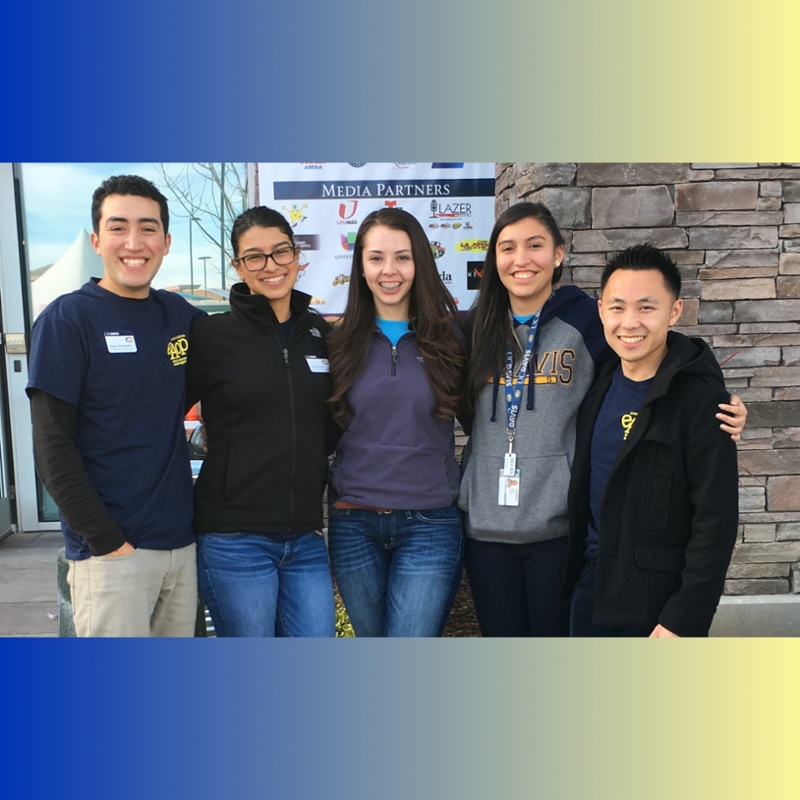
Paying for College
If you worried about how to pay for college, you are not alone. Whether you are planning to attend a four-year public or independent university or a community college, financial assistance is available for EVERYONE. Money to help pay for college is called “financial aid,” and includes grants, scholarships, loans, and work study.
Most college and universities expect students and their families to contribute towards their education, but financial aid can make up the difference between a family’s ability to pay for college and the cost to attend it. College expenses include fees/tuition, books and supplies, housing and food, and personal expenses, including transportation and health insurance.
For more information about financial aid, visit https://studentaid.gov/h/apply-for-aid/fafsa.

College is too expensive. How can I afford it?
Never let money stand in the way of your education! There are thousands of SCHOLARSHIPS out there that students let pass them by every year. This is FREE MONEY, so don't let it slip away. California GRANTS (CalGrants) are also free money. Qualification depends on your family income and the number of students attending college per household - but you have to apply. Usually, if you believe that you won’t be able to afford college, you probably already qualify for financial aid.
There are also all kinds of LOANS that you or your parents may receive. Most of them don't require you to pay them back until after you graduate college. You must fill out the Free Application for Federal Student Aid (FAFSA) and the GPA Verification Form or the California Dream Act Application by March 2 in order to be considered for state and federal aid.
But when applying to colleges, keep in mind that California public universities offer top-notch education at affordable prices. And if you absolutely know that you will not be able to afford 4 years at a university, you can always go the community college route for the first couple of years.

What are my options if I am undocumented?
Never let your residency status hold you back from pursuing your dreams. You can still apply and be admitted to a 4-year college or university. Due to AB 540, as long as you have attended and will graduate from a California high school, you can even pay in-state tuition - the same tuition that everyone else who lives in California has to pay. And now with the California Dream Act Application, undocumented students are now able to receive state financial aid, such as the Cal Grant. Moreover, always remember, you can receive as much scholarship money as you can find. Just be sure to watch out for requirements. Some scholarships require that you be a US citizen or permanent resident. But there are some scholarships out there that do not have this requirement. For a list of some scholarships like this, please visit Mexican Alliance Legal Defense and Education Fund (MALDEF) and click “Scholarships lista de becas” on the right.
Another alternative is to go the community college route, work on your paperwork, and transfer to a 4-year university later.
Should I apply for financial aid if I'm not sure if my family has financial need?
Financial aid is intended both to remove financial barriers for families who cannot afford the cost of a post secondary education, and to also fill in the gap for families who can afford only a portion of the cost. Some loans and scholarships are available regardless of "need."
When do I apply for financial Aid and when do I received the aid?
You may apply for financial aid any time between January 1 and October 1 of your senior year. However, you must be admitted and enrolled at the college before you can receive any funds.